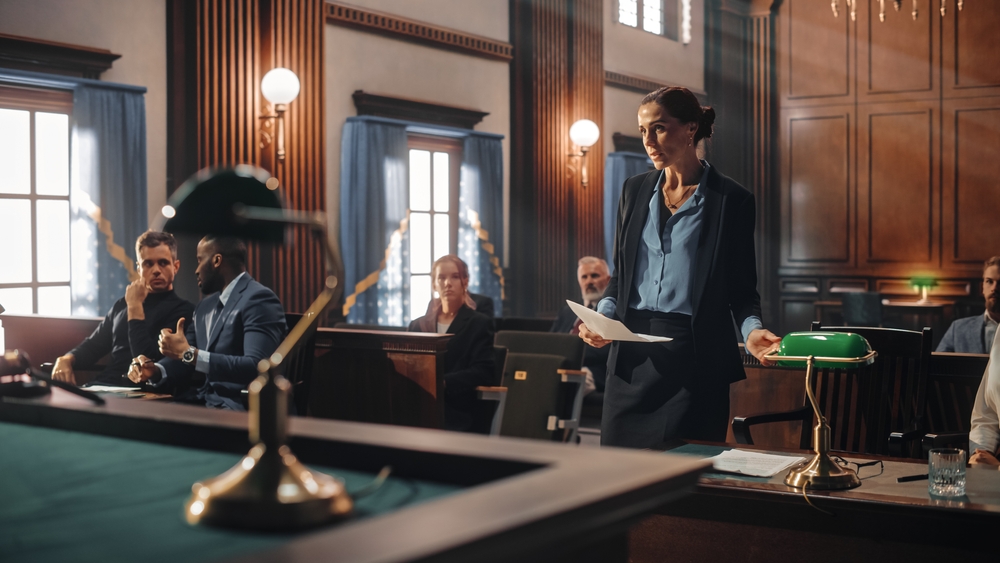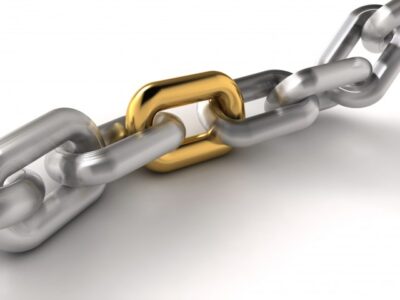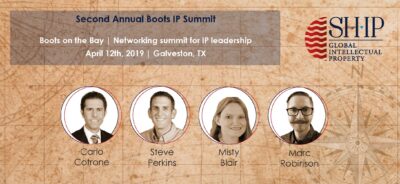
Found in Translation: Securing Accurate Evidence for Foreign Patent Litigation and Enforcement Campaigns
With every passing year, the landscape of patent infringement litigation and enforcement is becoming more international in scope. For instance, China’s top intellectual property (IP) tribunal has reported that foreign IP cases have increased at an annual growth rate of more than 45% between 2020 and 2022, representing more than 10% of the total docket of IP cases in China. Of these IP cases filed by foreign entities, more than half of them involve claims of patent infringement, making the translation of technical information critical to the ultimate outcome of those cases.
Then there are patent enforcement campaigns that involve the introduction of evidence from foreign sources due to the nature of the action filed. In the United States, patent infringement investigations are often filed at the International Trade Commission (ITC) when the alleged infringing activity involves items imported into the U.S. for sale. During the decade between 2012 and 2021, nearly 1,000 patent cases were filed at the ITC as Section 337 investigations. Sales, manufacturing and distribution data are just a few potential sources of evidence in these proceedings that must be faithfully converted from foreign sources.
Companies owning patent assets enforceable in multiple countries should be aware that a low quality patent translation can have a negative impact on their rights in foreign markets. For example, in February 2022, a Dutch district court ruled that the defendant in a patent infringement case was able to rely on a Dutch translation of patent claims offering more limited protection than the original English-language claims. As a result, the European patent owner was unable to enforce its rights against the accused artificial fireplace products even though their design likely came within the scope of the original claims.
Unreliable translations of documentary evidence have also led to negative outcomes in IP cases filed in U.S. district court. In Novelty Textile v. Windsor Fashions, the Central District of California denied a motion to disqualify counsel representing a copyright plaintiff on the basis of that attorney’s representation of a textile manufacturers’ association, which included one of the defendants as a member. The district court refused to admit certain evidence about the defendant’s membership as translations of the association’s member benefits, originally written in Korean, were produced using unreliable technology that transcribed content in nonsensical ways.
Given the international nature of many patent enforcement campaigns, many of which feature infringement battles being fought in different national court systems, it is critical for patent litigants to have access to the highest quality translations for many types of documentation required by these proceedings. This can include:
- Depositions: A sworn statement by a witness can be produced as a video recording or a transcription, either of which present different challenges in translating. Some tribunals, like the Patent Trial and Appeal Board (PTAB), have required litigants to give opponents an opportunity to obtain their own deposition translations.
- Expert Reports: Whether testifying on infringement, damages or validity, expert reports in patent cases contain valuable information that may be useful across multiple actions. Many courts require that a certified translator transcribes a report from an expert’s native language before that report is admissible.
- Pleadings/Allegations: Legal standards for proving infringement are similar enough from nation to nation that patent plaintiffs enforcing rights across foreign markets can reuse portions of their original complaint. Patent litigants must be sure that their translations are prepared by individuals with knowledge of differences between legal systems.
- Technical Documents: Abbreviations for units of measurement often differ across languages, and sloppy translations of technical documents can prevent a court from failing to grasp the proper mechanics of a claimed invention.
- Claim Charts: Converting infringement visualizations between languages requires incredible accuracy in technical terms to retain the meaning of individual claim limitations in translated versions.
Patent owners partner with Seprotec due to our specialized translation services that are designed for technical documentation. Call us today to learn how we can accurately transcribe your documents as required at various stages of patent litigation.
There are no comments



Leave a comment